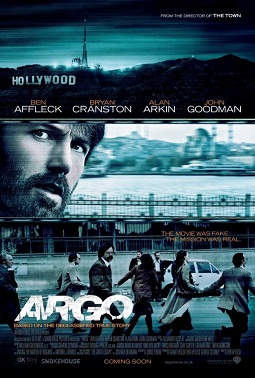With a lost look, a group of dancers hold the bare as they practice plies, twists and turns, as their teacher corrects their posture with a gentle touch.
Learning is slow and arduous, requiring much patience from ballerina Fernanda Bianchini, 32, who is trying to convey the beauty of the discipline to the students, who have one major difficulty: they are blind.
"The hardest thing is to teach the movement of the arms," Bianchini says, saying that some have never seen these motions.
It is easier to show the position of the legs, by focusing on the natural stiffness of the lower appendages, she adds.
But the challenges become surmountable with some creative instruction.
"We try to associate each step with something concrete," said Bianchini, who asks the dancers to imagine movements such as hugging a tree, and uses palm leaves to assist in the motions of the arms and hands.
"I love dancing, it is my life. I want to be a professional," said Giselle Aparecida Camillo, 32, who became blind at 16 from glaucoma.
"It will be tough but I’ll get there," said the woman who has been with the ballet company for one year.
She does get frustrated at times, such as the battements, or kicking motions: "the others do it well, but I am terrible," she said.
The dancers of the Fernanda Bianchini Association, the only Brazilian ballet company for the blind, are practicing hard as they prepare for a performance of "Don Pasquale" in Sao Paulo’s National Dance Encounter gathering.
They manage to maintain the company through foundation grants and from ticket sales.
"Increasingly the public wants to see something different. And we understand then they like us," said Gyza Pereira, 25, who became blind at age nine and spends six hours a day at the ballet, including giving instruction to others.
"I did not believe a blind dancer could do those moves so perfectly," she said.
The hardest are leaps and pirouettes, "which require a lot of balance, and someone without sight has no reference points."
"We have to concentrate a lot," she added.
These dancers began performing at the Sao Paulo festival in 1998, before an audience that knows ballet well.
Although they may not have the ideal build, they have shown a tremendous ability to learn and overcome barriers, says the company director.
People can see "that they are able to dance, and dance well," says Bianchini, who teaches 70 students, including around 50 with sight problems, and others with hearing or other handicaps.
They gain inspiration from the legendary Alicia Alonso, a choreographer and founder of Cuba’s national, who was one of the great 20th century ballerinas despite being nearly blind.



